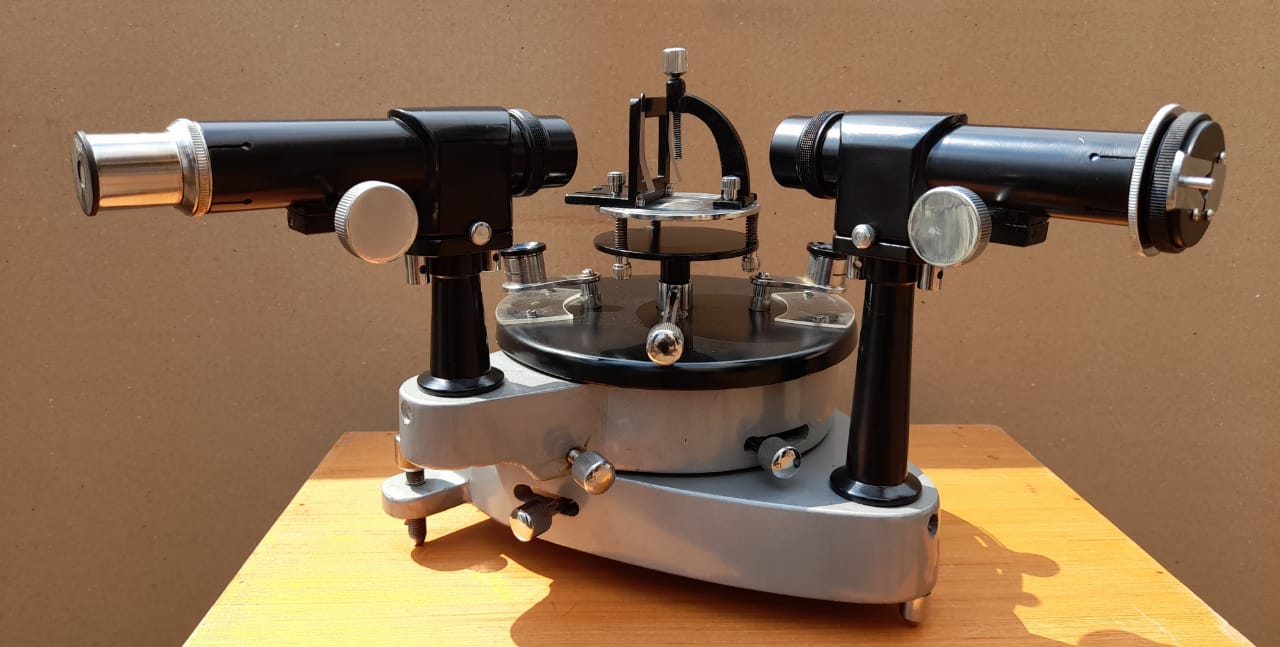

This comprehensive industry research report provides accurate and precise data concerning key competitors, market trends, and reliable forecasts, including growth rates. With the CD Spectroscope Science Snack, you can see for yourself different colors and wavelengths of light all around you.The global Vacuum Ultraviolet Spectrometer market is currently in a state of progress and holds promising prospects for the future, as indicated by a new report covering the period from 2023 to 2029. Oppenheimer's optics laboratory in the Rose Center for Earth and Space is the birthplace of various new astronomy-related devices that have led to the ability to directly see and take spectra of nearby solar systems. She has been a leader for many projects relating to exoplanet study, including the Advanced Electro Optical System (AEOS) Telescope in Maui, Project 1640 at the Palomar Observatory, and a starlight suppression system for the International Gemini Observatory Planet Imager project (GPI), which was conducted in her own lab. Rebecca Oppenheimer (pictured above) is a comparative exoplanetary scientist she studies planets that are outside of our solar system. Source: Jörg Meyer for Columbia College Today.

This Science Snack is part of a collection that showcases LGBT artists, scientists, inventors and thinkers whose work aids or expands our understanding of the phenomena explored in each Snack. Your CD spectroscope connects you to a long history of discovery! In the 1860s, William Huggins discovered what the stars were made of by viewing them through a spectroscope. If you make an excellent top slit on a long tube (24 in or 60 cm) you may even see thin dark lines in the solar spectrum these are called Fraunhofer lines and reveal what the sun is made of.

Be careful not to look directly at the sun, but you can use the spectroscope to look at sunlight reflected off white clouds, white walls, or white paper to see the spectrum of the sun. You can look through your spectroscope and prove him wrong. In 1788, Comte de Buffon said that he was sure we would never know what the sun was made of. When you look at an incandescent light and a fluorescent light by eye they might appear to be the same shade of white, yet looking at them with a spectroscope reveals that they are composed of two totally different spectra. Insert the CD into the CD slot, so that it reflects the light coming through the top slit into your eye.Įxamine the spectra produced by other light sources, such as light-emitting diodes (LEDs), sodium-vapor streetlights, and neon tubes.Tape the second flat piece of cardboard (or plastic tube cap) over the bottom end of the tube, behind the CD, to exclude any stray light.Hold the tube as shown below and align the slit horizontally. Tape the flat cardboard onto the end of the tube furthest from the CD-the top of the tube. Next, cut a clean slit less than 1 mm wide and 5 cm long in one of pieces of flat cardboard (or plastic tube cap).You can remove the cutting guide now (see below). Use a razor knife to cut the rectangular viewing hole-the black square on the cutting guide.The cut will make the CD tilt at an angle approximately 30 degrees from the end of the tube. Use a saw to cut the tube at an angle along the curved line on the cutting guide (see below).If needed, you can scale the guide to ensure it wraps around your tube without a gap or overlap (see below). We’ve scaled the guide for a standard 3-in packing tube. Print the cutting guide and wrap it around your tube. To help you build your spectroscope, we’ve created a cutting guide (PDF included).


 0 kommentar(er)
0 kommentar(er)
